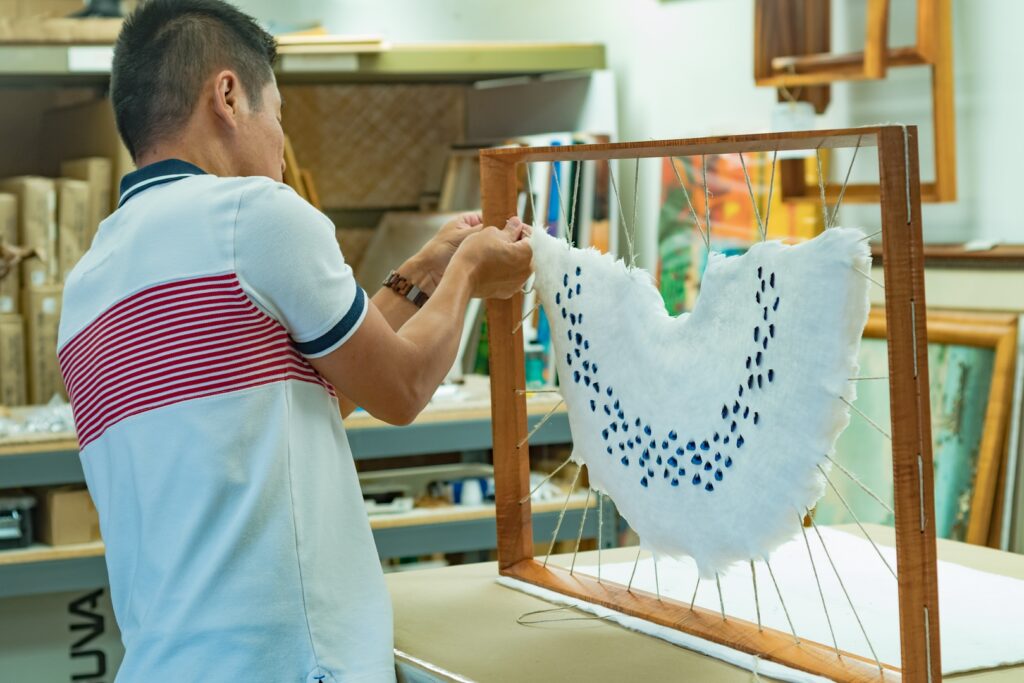Jeanne Medina Le
Jeanne Medina Le uses weaving to make sculptural textiles and fashion. She is interested in textiles as architecture for the body and their ability to embody memories and identity. She works with her materials as collaborators—moved by their aesthetics of the Earth and inherent behaviors. She weaves large-scale works she calls “body objects” performed with and on the body.
Medina Le is an Assistant Professor in Fiber at California State University Long Beach. She received her BFA in Fiber & Material Studies (2001) as well as a Post-Baccalaureate in Fashion, Body and Garment (2009) from the School of the Art Institute of Chicago (SAIC), and her MFA in Fiber (2013) from Cranbrook Academy of Art where she was awarded the Toby Devan Lewis Award. The award enabled her to pursue research in Antwerp, Belgium at the ModeMuseum (MoMu), and to work with fashion designer, Christian Wijnants. In 2018 she was awarded the Fountainhead Fellowship in Craft & Material Studies at Virginia Commonwealth University (VCU). There she worked with the Highland Support Project and fair-trade weaving organization, Pixan, in Xela, Guatemala to develop textile designs with indigenous Mayan weavers. Her collaborations include costume design for choreographer, Rebecca Bryant as well as a 2019 Bessie Award-winning project with choreographer, Sage Ni’Ja Whitson. Her forthcoming fashion project, Tomorrow, Asteroid, is a collaboration with designer, Lap Le, and produces graphic design, fashion, and lifestyle projects. She is currently working with traditional, hand-woven Filipino textiles and collaborating with Zapotec silk work growers and spinners in Oaxaca for the upcoming release.
Creative Perspectives with Ferne Jacobs
This small group workshop will be for anyone who has taken beginning fiber techniques previously. Those who have learned weaving and off-loom fiber techniques from other teachers are welcome. The intention is for students to be working on a piece of their choice or starting one from scratch. The group will discuss creative approaches for pushing the piece forward and each person will receive individual attention.
Ferne will work with students for the day, advancing the skills from various techniques the students have already learned. Basic technique will not be taught. Discussion and exploration of the creative process and development of forms will be the focus, expanding the technical knowledge already gained.
Students will provide their own materials.
The workshop fee is $125.00. Limit of 9 students.
Parking: Since most of the parking in the area has a two hour limit, the most convenient option is to pay to park at the Beverly Connection less than a block west on W. Third Street. Handicapped parking is available behind Freehand.
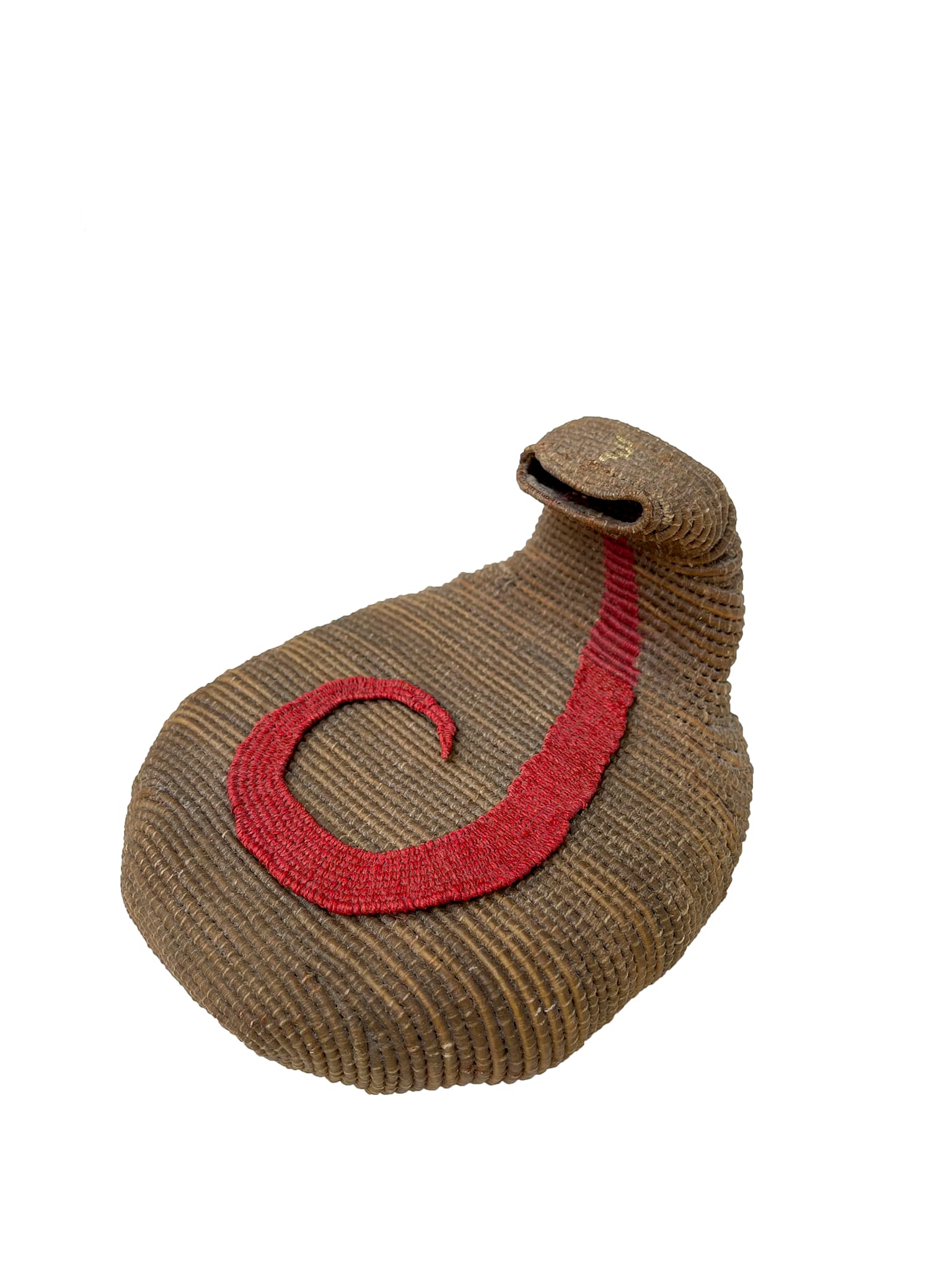
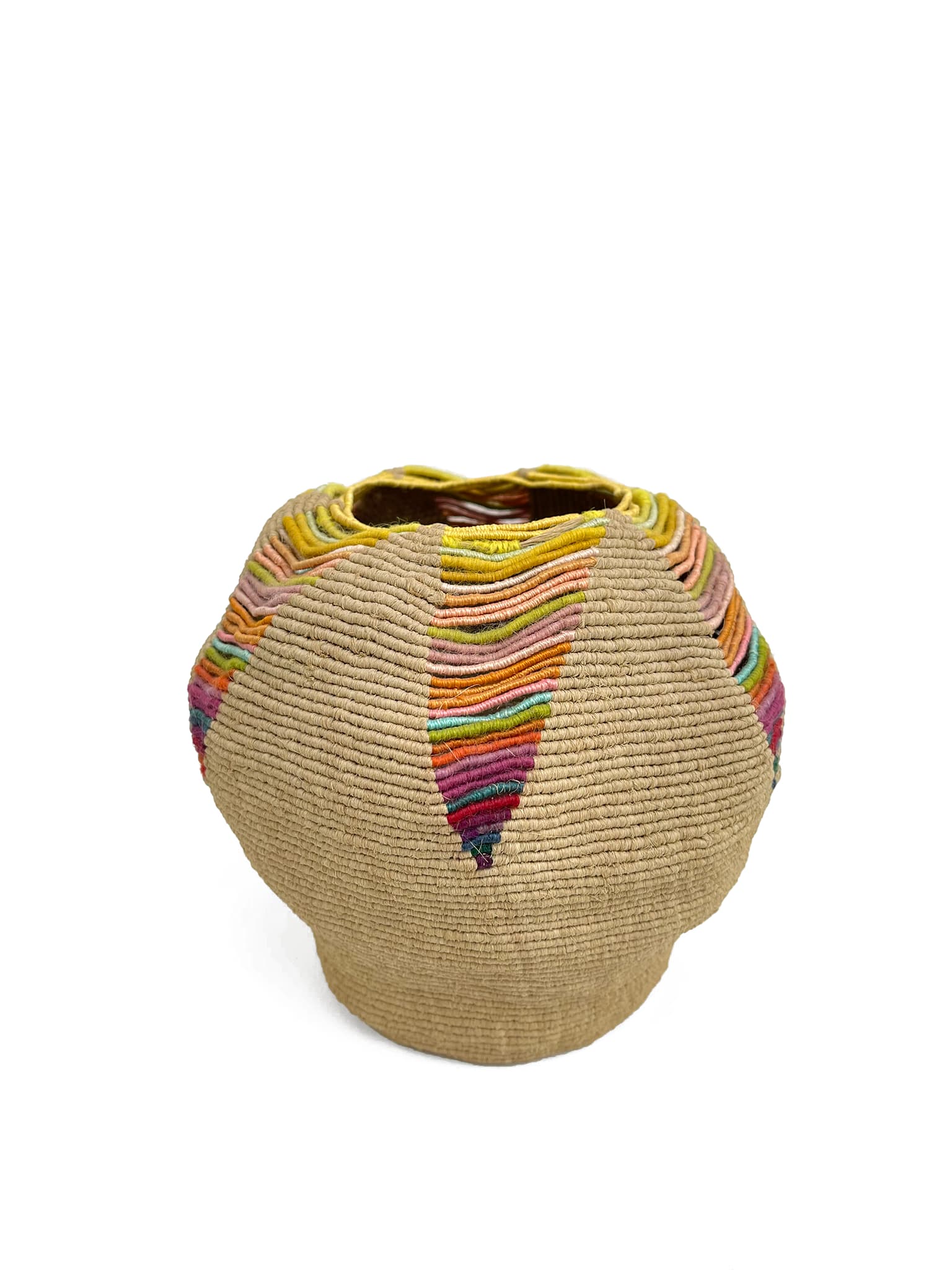
Beginning Off-loom Fiber Techniques with Ferne Jacobs
This one-day workshop will be a quick introduction to three off-loom fiber techniques: knotting, twining and coiling. It will be a time for playfully exploring the basic attributes of each technique. Students will create a sample comprising all three techniques, gaining a beginning knowledge of each one. The sample can then serve as a reference for ensuing projects. The outcome will be both informative and exploratory.
Students provide: Scissors, repair or tapestry needles, a macrame or foam core board (12” x 12” x .5” or larger/thicker), and T-pins. Optional: yarn or cord (3-ply or more) from your own collection. Further details and links provided with sign up.
Workshop fee: $150; the prime cord will be provided.
The workshop has reached capacity. Please email rsvp@craftinamerica.org to be placed on a waiting list.
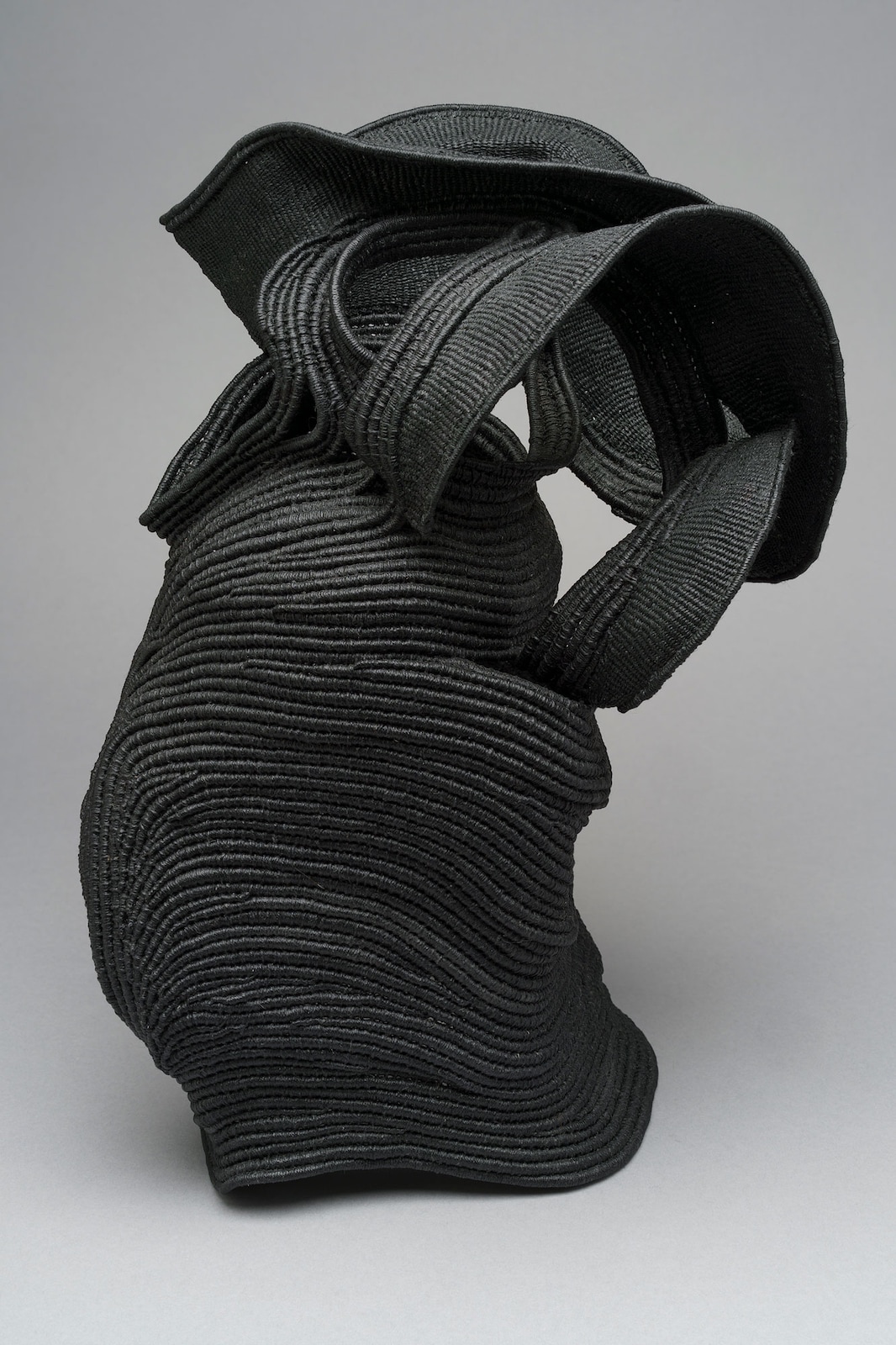
Creative Perspectives with Ferne Jacobs
This small group workshop will be for anyone who has taken beginning fiber techniques previously. Those who have learned weaving and off-loom fiber techniques from other teachers are welcome. The intention is for students to be working on a piece of their choice or starting one from scratch. The group will discuss creative approaches for pushing the piece forward and each person will receive individual attention.
Ferne will work with students for the day, advancing the skills from various techniques the students have already learned. Basic technique will not be taught. Discussion and exploration of the creative process and development of forms will be the focus, expanding the technical knowledge already gained.
Students will provide their own materials.
The workshop fee is $125.00. Limit of 9 students.
Parking: Since most of the parking in the area has a two hour limit, the most convenient option is to pay to park at the Beverly Connection less than a block west on W. Third Street. Handicapped parking is available behind Freehand.


Artist Talk: Boris Huang
Join an online talk with exhibiting artist Boris Huang.
Huang moved to Hawaii from his native Taiwan and came to fall in love with the tradition of Hawaiian featherwork: so much so he apprenticed with one of its contemporary masters, Mary Louise Kaleonahenahe Kekuewa. Huang will share some of his techniques and discuss specifics about feathers and his making strategies. This is a rare opportunity to learn about this ancient craft, his contemporary interpretation, and to ask questions!
This talk is presented in conjunction with the Craft in America Center exhibition, Feather Adornments: Boris Huang, on view January 18 through April 26, 2025.
To join online, please register.
Knotless Netting with Annette Heully
Learn all about the knotless netting process. This hand weaving technique uses simple knots, loops and a needle to shape a flexible netted structure around almost any form. Learn the knotless netting process by making your own net around an object you bring to the workshop.
The workshop fee is $70 and includes materials.
Parking: Since most of the parking in the area has a two hour limit, the most convenient option is to pay to park at the Beverly Connection less than a block west on W. Third Street. Handicapped parking is available behind Freehand.
Annette Heully, an internationally exhibited artist, earned her MFA from California State University at Long Beach with an emphasis in Fiber. She received her BA from San Francisco State University with an emphasis in Textiles. She was awarded the Public Installation Grant from Fiber Art Now magazine and is featured in the Winter 2023 issue. She was the Artist in Residence at the Llewellyn Gallery in New York, and a recipient of the Marilyn Werby Scholarship. She was the School of Art nominee for the Bergeron Award for Distinction in the arts. She has over 20 years of weaving experience, which not only include her artistic career but production weaving for fashion and interior designers. She has taught in many different woven forms from workshops, private clients, and at the university level. She currently lives and works in her home town Ojai, California.
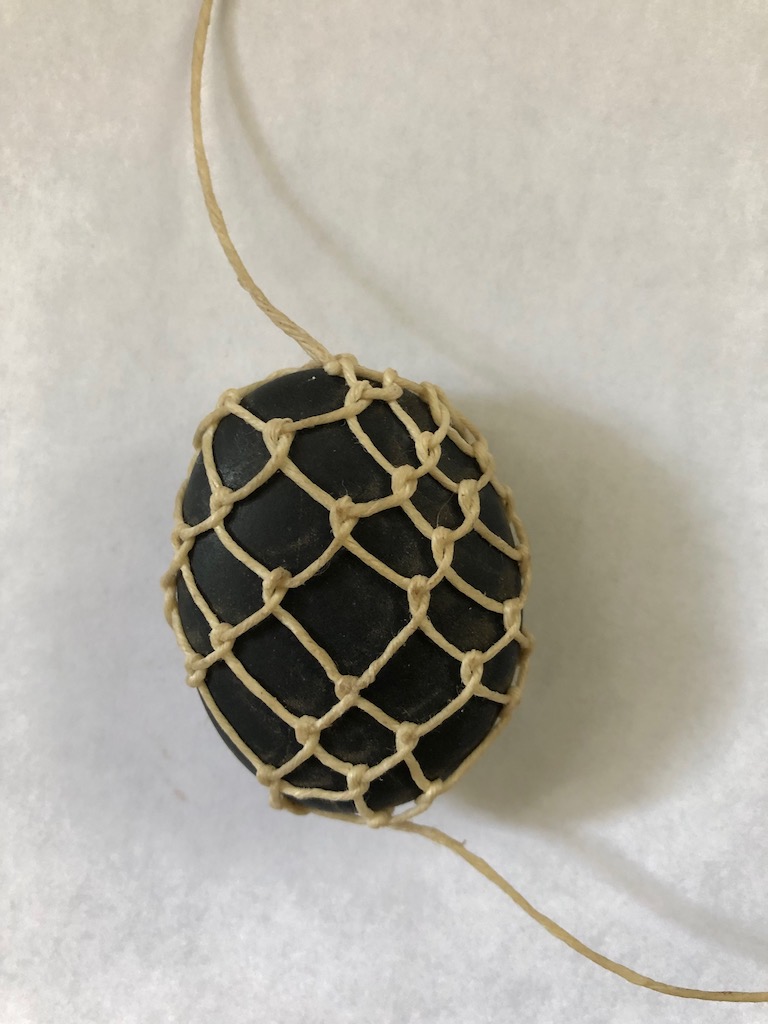
Opening Reception for Chris Maynard: Soar and Feathered Adornments: Boris Huang
Please join in to celebrate the opening of these exhibitions featuring finely crafted works made of feathers. Both artists will be present.
Pacific Northwest artist Chris Maynard cuts individual feathers into intricate shapes and then arranges them in shadow boxes and installations.
Hawaiian artist Boris Huang uses feathers employing the ancient Hawaiian tradition of feather art, imposing his own contemporary and cross cultural designs inspired by his native Taiwan. Boris will be demonstrating his technique during the reception.
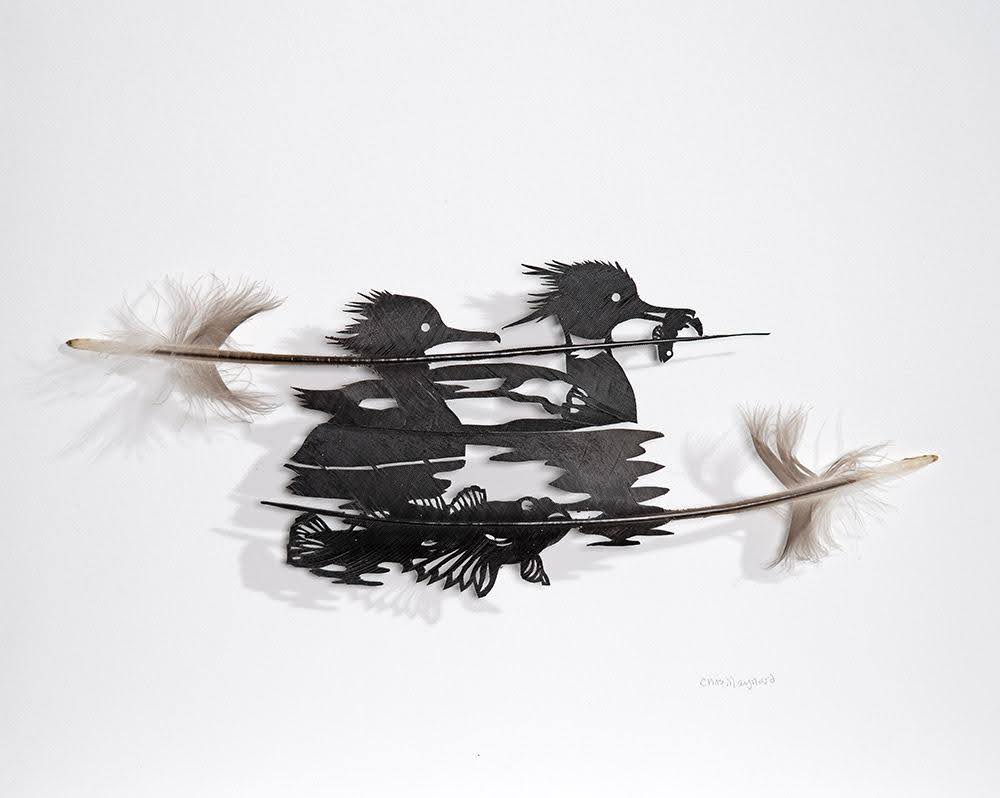
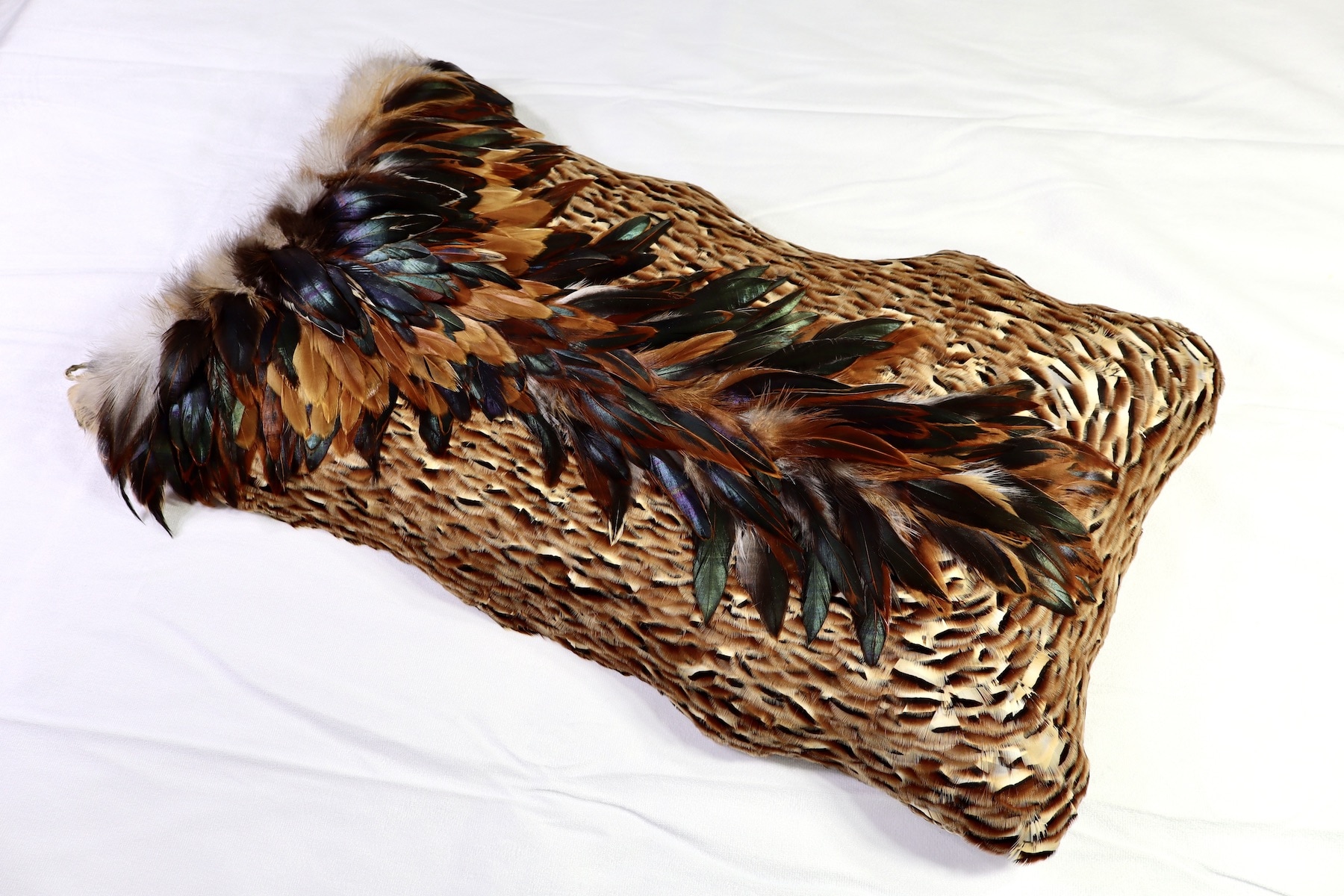
Artist Talk: Chris Maynard
Join us for an in-person talk with exhibiting artist Chris Maynard.
Birds were always a part of Maynard’s childhood and he began working with feathers at age 12. Learn about the process Maynard has developed where he intricately carves feathers and arranges them into delicate compositions. His work highlights the patterns and colors of the feathers themselves.
Maynard is featured in the SCIENCE episode of Craft in America’s PBS documentary series.
This talk is presented in conjunction with the Craft in America Center exhibition, Chris Maynard: Soar, on view January 18 through April 26, 2025.
To join online, please register. To join in person, please email rsvp@craftinamerica.org
Cynthia Lockhart on her career
Cynthia Lockhart on her career as a handbag designer, teacher, and quilt artist, and the importance of collectors. Bonus video from COLLECTORS episode streaming on the PBS App November 12, 2024. PBS broadcast premiere December 27, 2024/.
Images courtesy of Cynthia Lockhart, GlobalStock/Pond5, RomanSokolan/Pond5, Vecarla/Pond5, Sunrisestock/Pond5, Dimid_by/Pond5, Imagelab/Pond5, Blvdoneprime/Pond5, Richard Levine / Alamy, Alexis113/Pond5, Dmurph24/Pond5, Dualstock/Pond5.
Boris Huang
Boris Kekaiuluikahikina Huang is proud to be an apprentice of the late and highly renowned Hawaiian Feather Lei Master, Aunty Mary Lou Kekuewa.
Huang creates original lei hulu patterns using different colored feathers, (both dyed and natural) from many types of birds (such as goose, pheasant, duck and peacock). His styles range from traditional to contemporary designs.
It is Huang’s endeavor to bestow upon the viewer the ability to see and feel the thought and emotion which inspire the artworks. Huang takes pride in the fact that his feather artworks differ from others because they demonstrate the highly refined skill that originated in the traditional Hawaiian techniques and yet they are also inspired and influenced by his own native Taiwanese heritage. Every choice of color and placement of the materials has deep symbology and significance.
Huang has received many awards and participated in a number of public events such as: Hawaii Craftsmen Annual Statewide Juried Exhibition, Japanese Chamber of Commerce “Commitment to Excellence” Art Exhibition, Fiber Hawaii Juried Exhibition, Hawaii Pacific University Ohana Gallery Juried Exhibition, First Mixed Media Festival, and Textile Society of American Biennial Symposium. He has also been a demonstrator on the TV program “Scenic Hawaii.”
